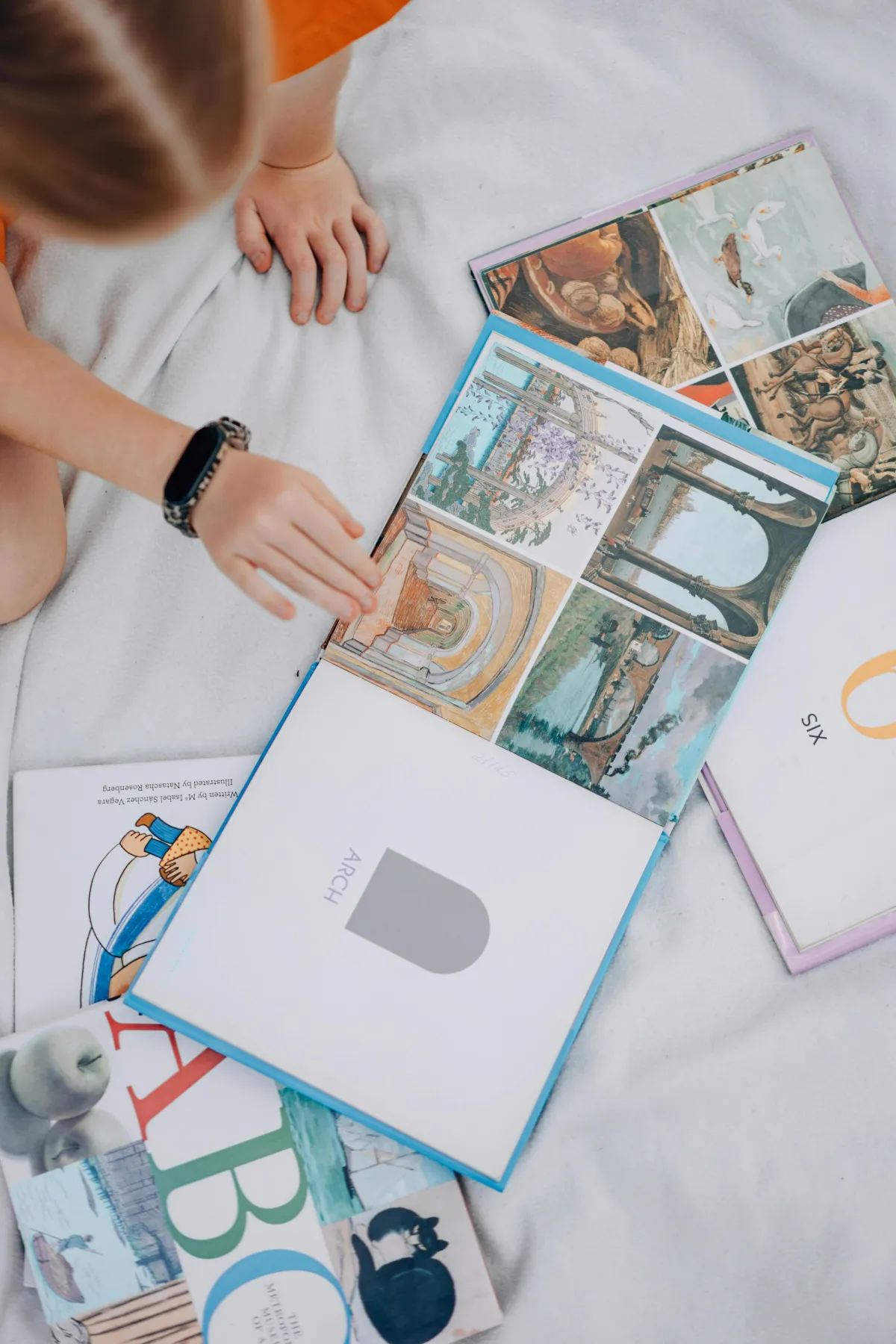
Self-Publishing, Traditional or Hybrid?
Self Publishing, Traditionally Publishing or Vanity Publishing?
This topic comes up all the time and there’s no right or wrong way to go about it.
But there are some pros and cons for each way, so let’s explore the key differences of self-publishing, vanity publishing, and traditional publishing, so you can make an informed choice that fits your vision and goals.

Traditionally Publishing
Pros: Traditional publishing offers the expertise and guidance of professional editors, illustrators, and marketers. This route often comes with wider distribution, greater credibility, and the potential for your book to reach a larger audience.
Cons: Landing a traditional publishing deal can be highly competitive and time-consuming. It involves submitting your manuscript to literary agents or publishing houses and facing the possibility of rejection.
A lot of agents and publishers expressively state that they do not accept picture book submissions.
Also, you may have to give up some creative control and accept lower royalty rates.
It is reported that traditionally published books return a 5-10% royalty on RRP and most authors sell less than 1000 books in its lifetime.
"Vanity" or Hybrid Publishing

Pros: Vanity publishing allows authors to see their book in print without navigating the traditional or self publishing process. You pay a fee to have your book produced and enjoy the satisfaction of holding your creation in your hands without having to worry about “how”.
Cons: While vanity and hybrid publishing can offer a quicker path to seeing your book in print, it’s crucial to understand the potential downsides before investing.
These services often require authors to invest thousands of dollars upfront, often upwards of $8,000, with no guarantee of sales, marketing success, or even a finished book. Many authors find it nearly impossible to recoup their investment.

Authors are often locked into a specific printer or production process, with no choice over where or how their book is printed. This lack of flexibility can make it difficult to manage costs, or to explore more affordable, local options.
Hybrid or Vanity publishers often mark up printing and production costs so significantly that authors would need to price their books far above market expectations just to make a profit, making it difficult to sell.
Despite promises of distribution, many vanity publishers do very little beyond listing your book on their own website or a few online retailers. There is rarely active marketing, publicity, or bookstore placement.
In Australia, several vanity publishers have made headlines for poor business conduct, collecting payments from hopeful authors but failing to deliver the promised services, or shutting down without warning. Hundreds of authors were left with no book, no refunds, and little legal recourse.
Unlike traditional publishers (who invest in your book and work as partners), vanity publishers profit whether your book succeeds or not. Their business model is based on selling publishing packages, not helping you build a sustainable author career.
Self Publishing

Pros: You’re not waiting on agent approvals or publisher schedules. If you're ready, you can launch your book in weeks, not years.
Unlike traditional publishing (where you might only $0.50 per book), self-published authors can earn 30–70% of the retail price.
You keep full rights to your book, characters, and intellectual property which opens doors for future adaptations (like merchandise, translations or audio books) without needing permission (subject to your contract with your illustrator).
You can build an email list, create a fanbase, and market directly to your audience, without middlemen in the way.
You’ll gain valuable skills in publishing, design, marketing, and sales - all of which can be used again and again for your future books!
Want to fix a typo? Add a bonus page? Change the cover later? You can do that at any time - no need to wait for a new print run or publisher approval.
Traditional publishers often want “safe” or trend-based stories. Self-publishing gives you the freedom to take creative risks, explore niche topics, or publish diverse stories that may otherwise be overlooked.
Through platforms like Amazon KDP and IngramSpark, your book can be available worldwide without needing international agents or publishers.
Cons: The responsibility for editing, publishing, promoting, and reaching the right audience falls squarely on your shoulders but luckily there are professionals and programs out there that can help (like ours!).
No matter the route you decide to go on, it’s important you are well informed prior to entering any agreements.

Thinking of self publishing your own story?
Check out Australia's most trusted self publishing program HERE